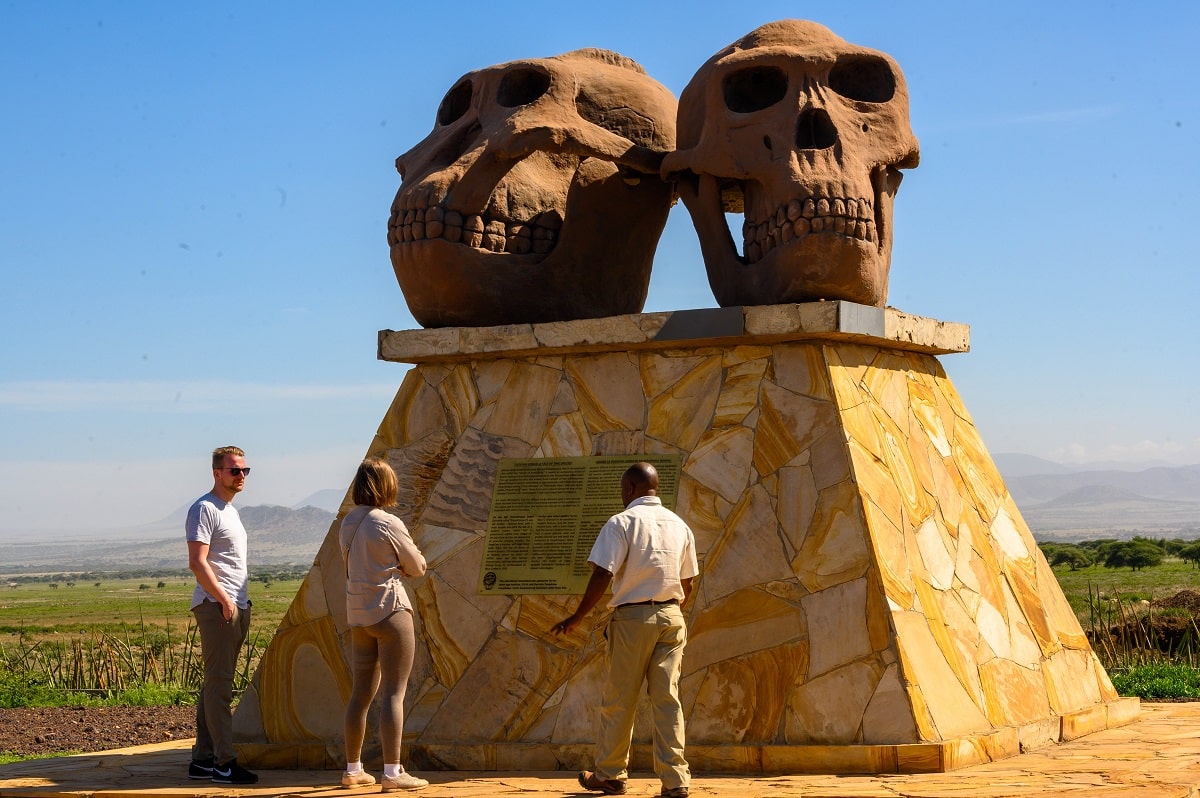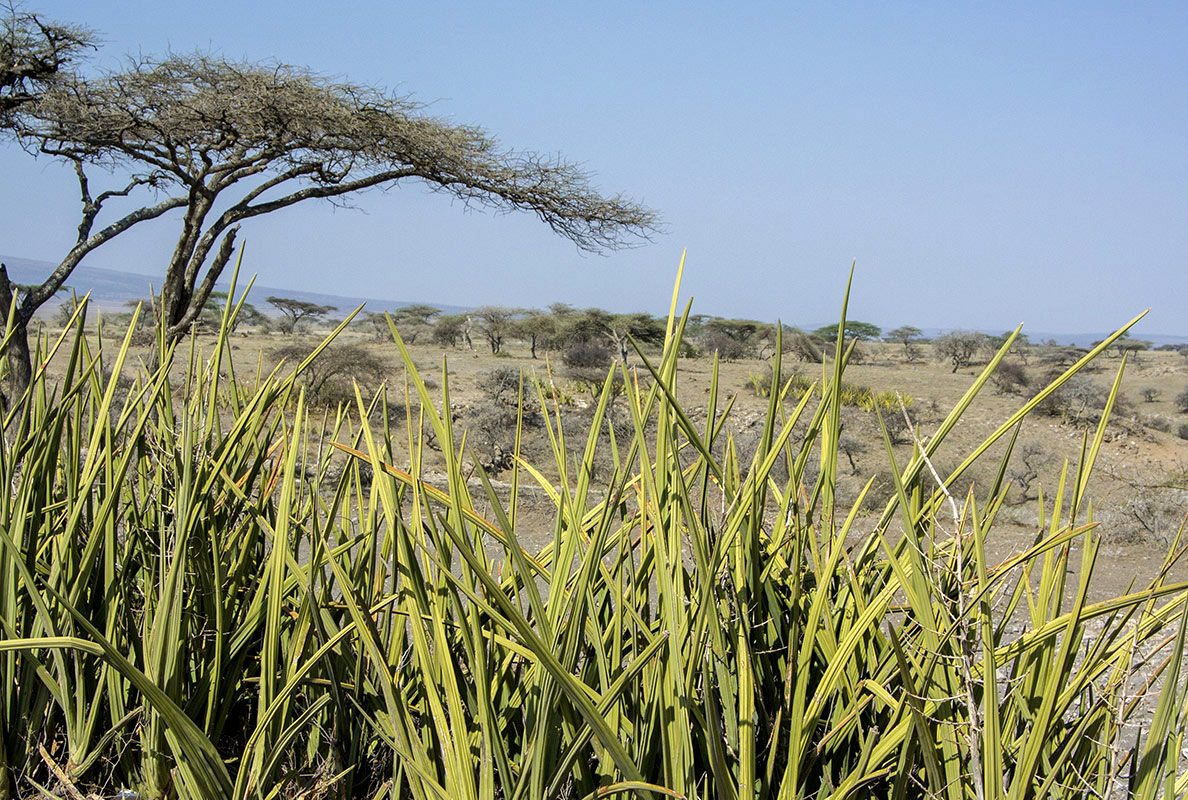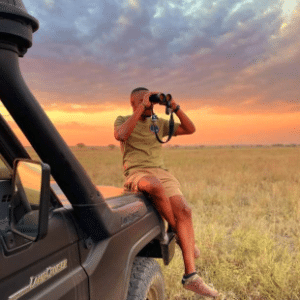Olduvai Gorge: A Journey into the Cradle of Humankind
Introduction: Stepping Back in Time
Deep in the eastern plains of the Serengeti, within Tanzania’s Ngorongoro Conservation Area, lies a 48-kilometer rift carved by time and tectonic shifts—Olduvai Gorge. More than just a scenic canyon, Olduvai is the epicenter of paleoanthropology, a place where stone tools, fossilized bones, and ash-covered footprints whisper the origins of humankind. For travelers, researchers, and history enthusiasts alike, visiting Olduvai is like opening the first chapter of our shared human story.
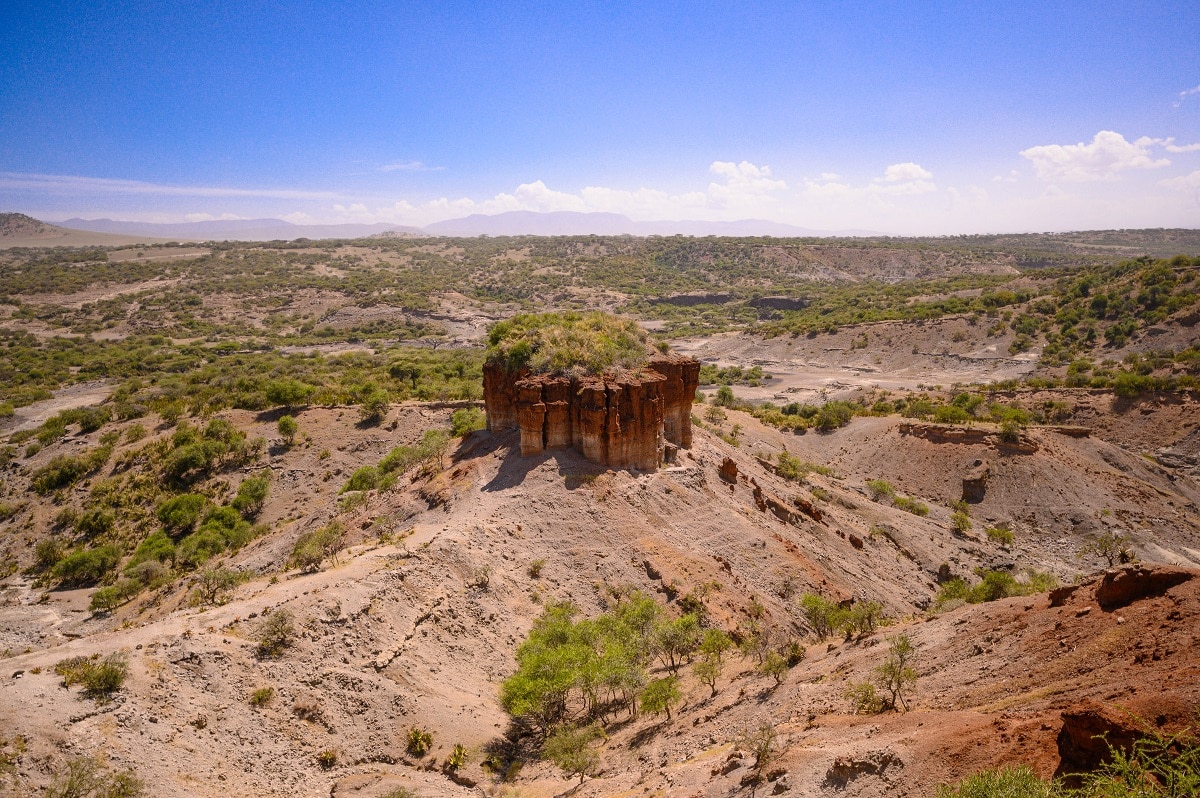
Why Olduvai Gorge is One of the Most Important Archaeological Sites on Earth
Olduvai Gorge isn’t famous by accident. It has earned its place as the “Cradle of Mankind” due to the sheer density and diversity of prehistoric finds spanning millions of years. This is where our ancestors first learned to craft tools, walk upright, and adapt to a changing environment.
Key reasons why Olduvai is globally significant:
- Discovery of Homo habilis, the first known tool-using human species.
- Stone tools from the Oldowan culture, representing the oldest known human technology.
- Footprints at nearby Laetoli, offering the earliest evidence of bipedalism.
- Evidence of behavioral and dietary evolution, indicating a shift from herbivory to omnivory.
- Stratified sedimentary layers, offering an uninterrupted fossil record over 2 million years.
A Timeline of Discovery: How Olduvai Changed What We Know About Human Evolution
Early 20th Century: Serendipitous Start
In 1911, German scientist Wilhelm Kattwinkel stumbled into Olduvai Gorge while chasing butterflies—literally. What he discovered instead were ancient bones embedded in the canyon walls. Thus began a century-long excavation of humanity’s ancient past.
1930s–1950s: The Leakey Legacy Begins
Enter Louis and Mary Leakey, a husband-and-wife team who revolutionized the field. Their discoveries of stone tools and hominid fossils such as Paranthropus boisei and Homo habilis proved early humans lived—and evolved—here.
1960s–Present: Continued Revelations
Subsequent excavations uncovered Homo erectus remains, marking an evolutionary bridge between early hominids and modern humans. More recently, advanced dating techniques have pushed the timeline of Homo sapiens back even further, affirming Africa as the true birthplace of humanity.
What to See When You Visit Olduvai Gorge
🧠 Olduvai Gorge Museum
Founded by Mary Leakey, the museum was recently expanded and modernized. Highlights include:
- Original fossils and tool replicas
- 3D models of early human skulls
- Educational exhibits on the Oldowan culture
- Fossilized animal bones from extinct species
🦶 Laetoli Footprints Exhibit
Discovered by Mary Leakey in 1978, these prints—preserved in volcanic ash—are the oldest known evidence of bipedal locomotion, dated to 3.6 million years ago. The impressions suggest a family group, perhaps a parent and child, walking hand in hand across the prehistoric plains.
🪨 The Five Layers of Time
Olduvai’s geology is as impressive as its anthropology. The canyon walls reveal a five-layer stratigraphy, each representing different time periods and ecosystems, making the gorge a natural archive of climatic and evolutionary changes.

The Oldowan Culture: Where Technology Was Born
The first stone tools found in Olduvai date back over 2.5 million years, marking the dawn of human ingenuity. Known as the Oldowan culture, this toolkit included:
- Choppers: Stones with sharpened edges for cutting meat and breaking bones.
- Flakes: Small, razor-sharp pieces for slicing.
- Spheroids: Rounded stones possibly used for hammering or grinding.
These simple yet effective tools allowed Homo habilis to adapt, survive, and eventually dominate the prehistoric landscape—proving that technology has always been core to human evolution.

Evolutionary Milestones from the Gorge
Olduvai isn’t just about stone and bone; it’s about stories of transformation:
- Hands freed by bipedalism began grasping tools.
- Brains expanded as dietary changes demanded problem-solving.
- Social structures emerged as survival depended on cooperation.
- Tool innovation led to mobility, allowing Homo erectus to leave Africa and spread across the globe.
Every artefact tells us not just how early humans lived, but how they became human.

Tips for Visiting Olduvai Gorge
If you’re planning a Tanzania safari, make sure to include Olduvai Gorge in your itinerary. Here’s how to make the most of your visit:
- ✅ Best Time to Visit: June to October (dry season) for better travel conditions and combined wildlife safaris.
- ✅ Tour Package Inclusions: Choose a safari that covers Ngorongoro Crater, Serengeti, and Olduvai Gorge.
- ✅ What to Pack: Sunscreen, sturdy shoes, water, and a camera with zoom for photographing wildlife and excavation sites.
- ✅ Local Insight: Hire a guide with paleoanthropological knowledge—your experience will be 10x more meaningful.

Final Thoughts: The Past Is Present
Visiting Olduvai Gorge is more than just an archaeological tour—it’s a return to our roots. Here, surrounded by timeless landscapes and the silent echoes of ancestors, you come face to face with the question: Where do we come from?
In this sacred place where volcanic ash met ancient footsteps, and stone met purpose, the story of humanity began. Whether you’re a science lover, history buff, or curious traveller, Olduvai offers a unique, humbling, and unforgettable journey into who we are—and who we were.
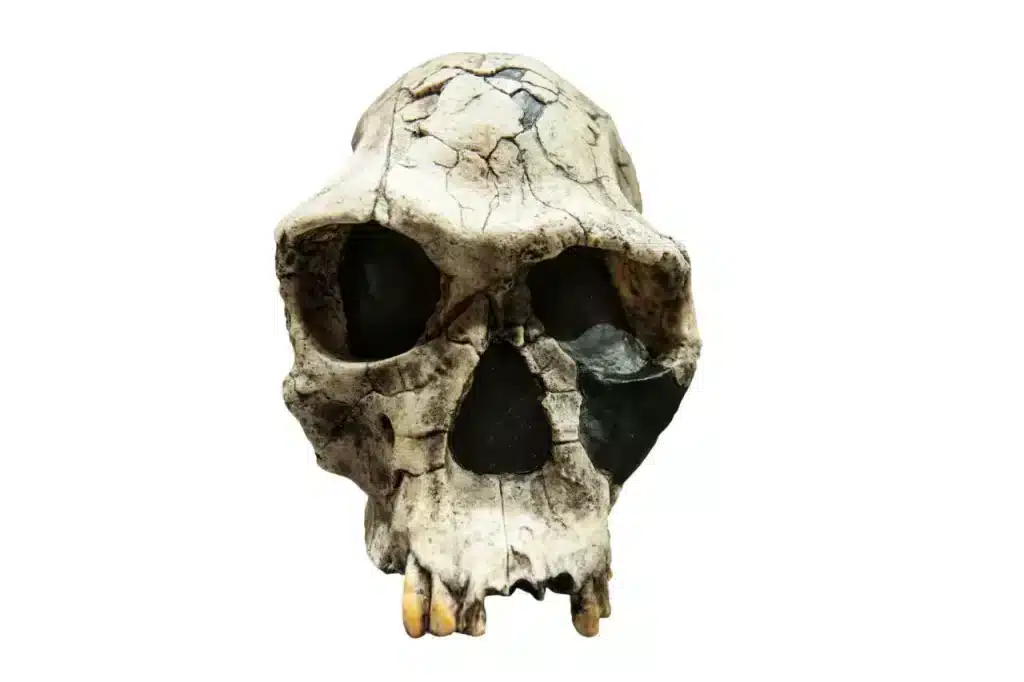
Plan Your Safari of the Mind and Soul
👉 Contact our expert Tanzania travel team to customize a journey that includes Olduvai Gorge, Ngorongoro Crater, and Serengeti National Park. Let your next adventure start at the beginning of time.
📧 Email: info@gie.co.tz
🌐 Website: www.gie.co.tz
From fossils to footprints, from stone tools to skulls, Olduvai is more than history—it’s humanity, carved into the earth.
